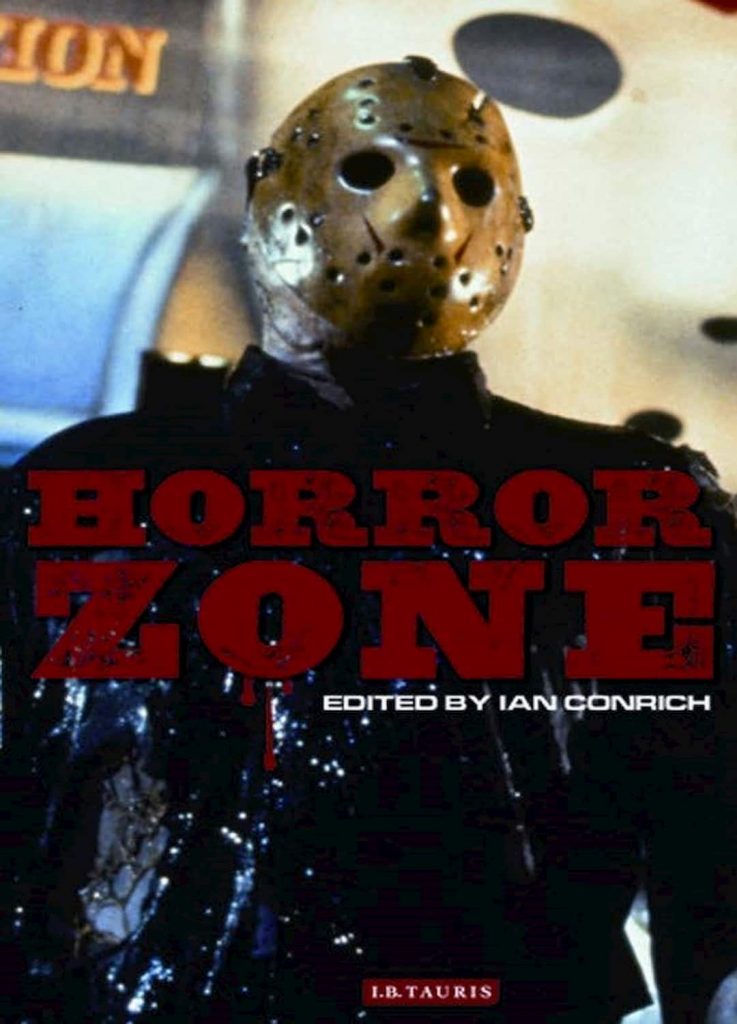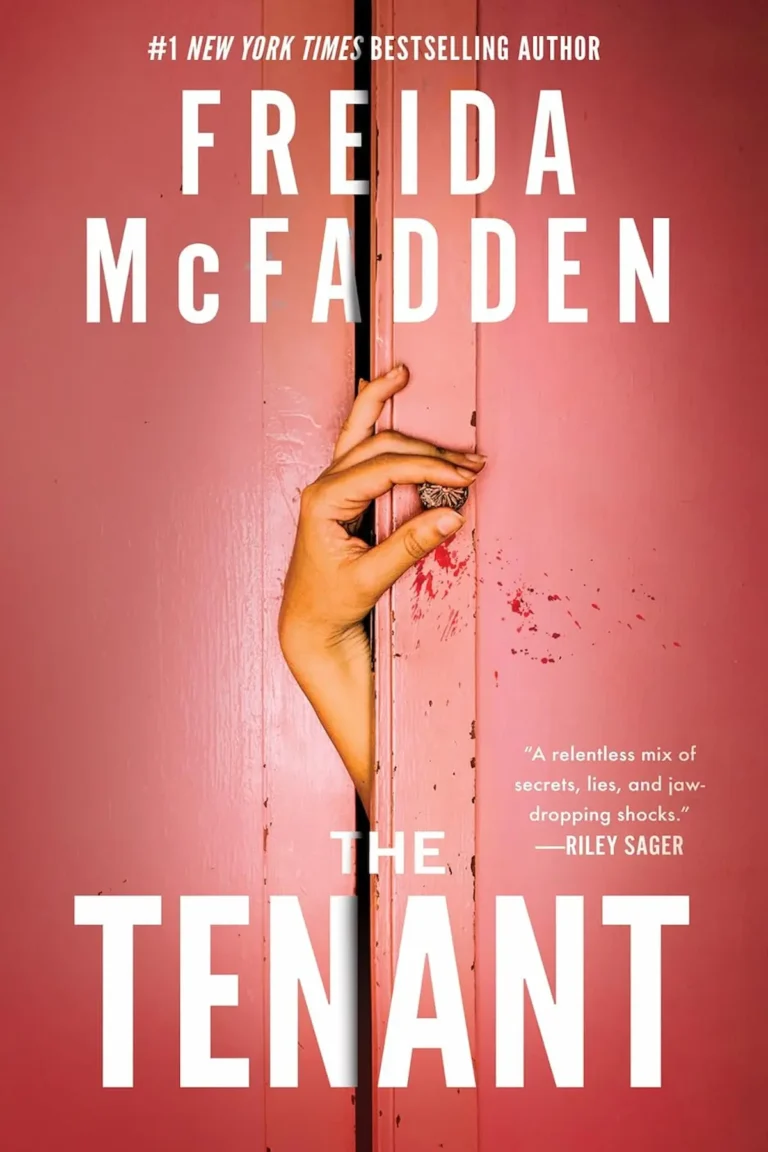The horror film is arguably the foremost robust, pliable, and successful of genres within contemporary cinema. As a well-liked form, its pervasiveness has seen it succeed as a up to date series of blockbusters (The Mummy [1999–2008], and Hellboy [2004–2008] films), independent breakthroughs (The Blair Witch Project [1999], and therefore the insight [1999]), films for youngsters and young adults (Coraline [2009], and Twilight [2008]), and innovative international arthouse releases (El labertino del fauno [Pan’s Labyrinth, 2006], and Låt den rätte komma in [Let the proper One In, 2008]).

Horror, like other major genres, works in cycles and there is a specific return within The Texas Chainsaw Massacre (1974), It’s Alive (1974), The Hills Have Eyes (1977), Dawn of the Dead (1978), Halloween (1978), The Amityville Horror (1979), Friday the 13th (1980), and thus the Fog (1980).
The American remakes industry has additionally turned to foreign horrors for ideas, with English language versions of Let the right One In and Martyrs (2008) scheduled, and Asian films like Ringu (The Ring, 1998), Ju-on (The Grudge, 2002), Gin gwai (The Eye, 2002), Geoul sokeuro (Into the Mirror, 2003), and Shutter (2004), already reproduced. But this is able to be overlooking the multifarious nature of up so far horror and thus the ways during which it’s developed over the last thirty years into a worldwide and multimedia phenomenon.
Asia effectively combining traditional stories and myths with magazine creations and therefore the aesthetics of latest media digital technologies. Films generally, coincided with the first years of the horror new wave. It is not surprising that the horror genre experienced a surge in production and interest, because the video industry sought to determine itself partly through sensational films and lurid video covers. The power then for video rental shops to frequently bypass the age restrictions set for theatrical releases in the UK, as an example, videos didn’t carry certificates and a minimum age for viewers until 1985 – added to the appeal of rental horror as a dicephalous cultural form.
In many instances the horror videos were for adults only’, yet they were everywhere on the urban and suburban high streets, easily reached and borrowed by under-age youths. It’s significant for a cyclical genre that a lot of the auteurs who were most associated with the horror new wave – John Carpenter, David Cronenberg, George A. Romero, and Joe Dante – had been inspired by the films of the Hollywood studios, and post-war B movies and experimental filmmaking. Horror directors of the last ten years – like Christopher Smith, Neil Marshall, Eli Roth and Rob Zombie – have subsequently been acknowledging their debt to the 1970s and 1980s and therefore the horror films of the new wave and therefore the video age.



